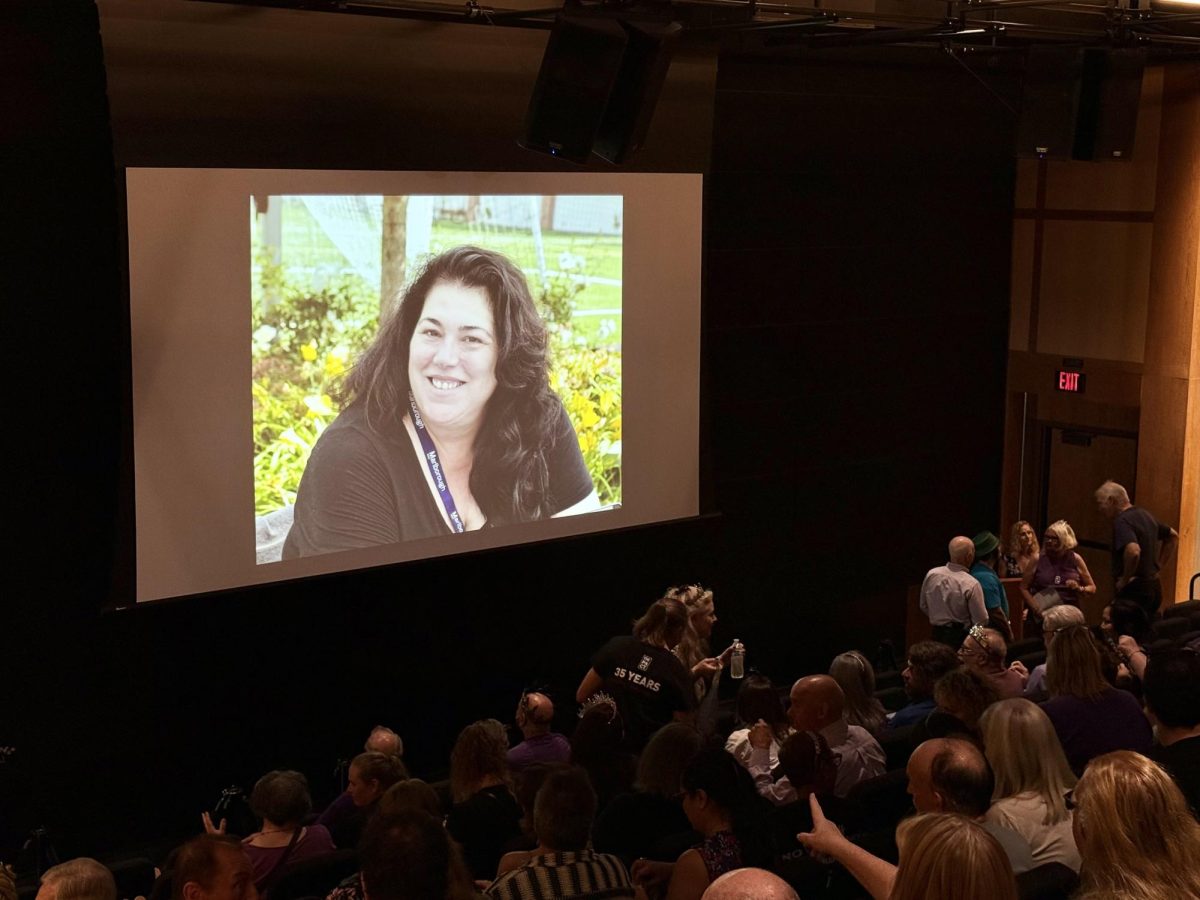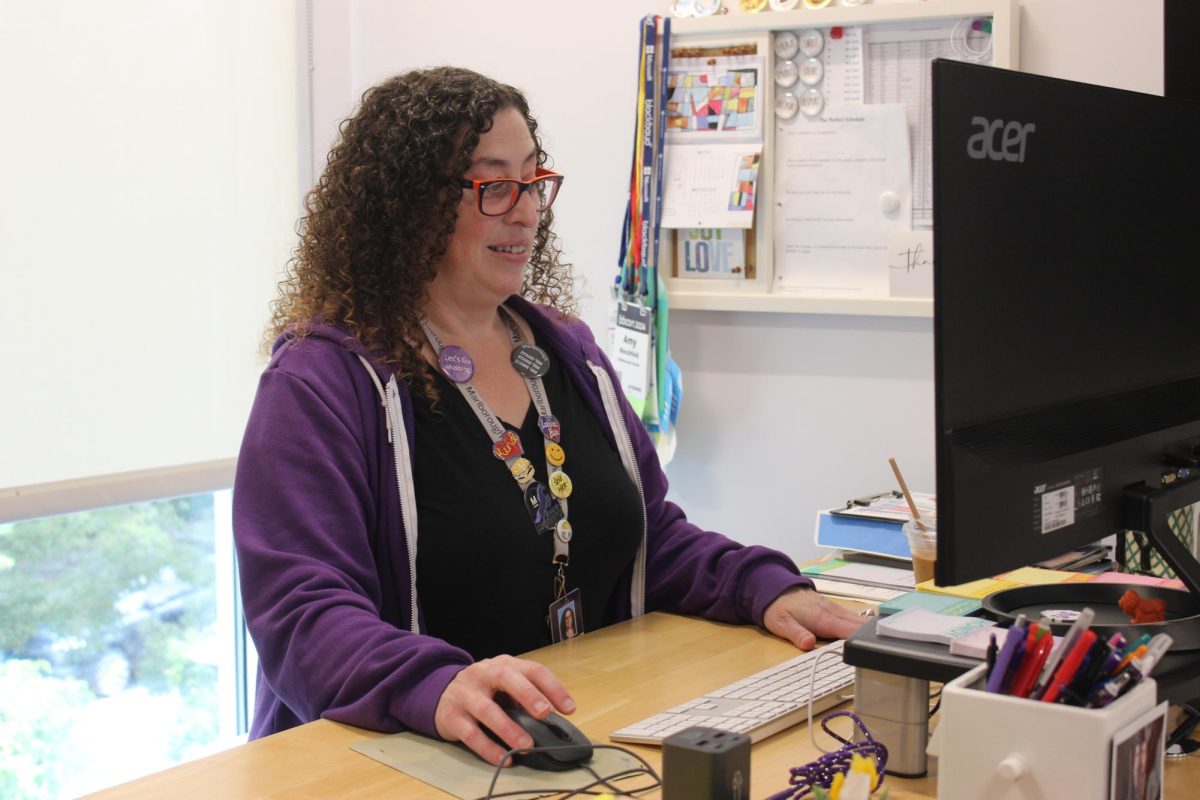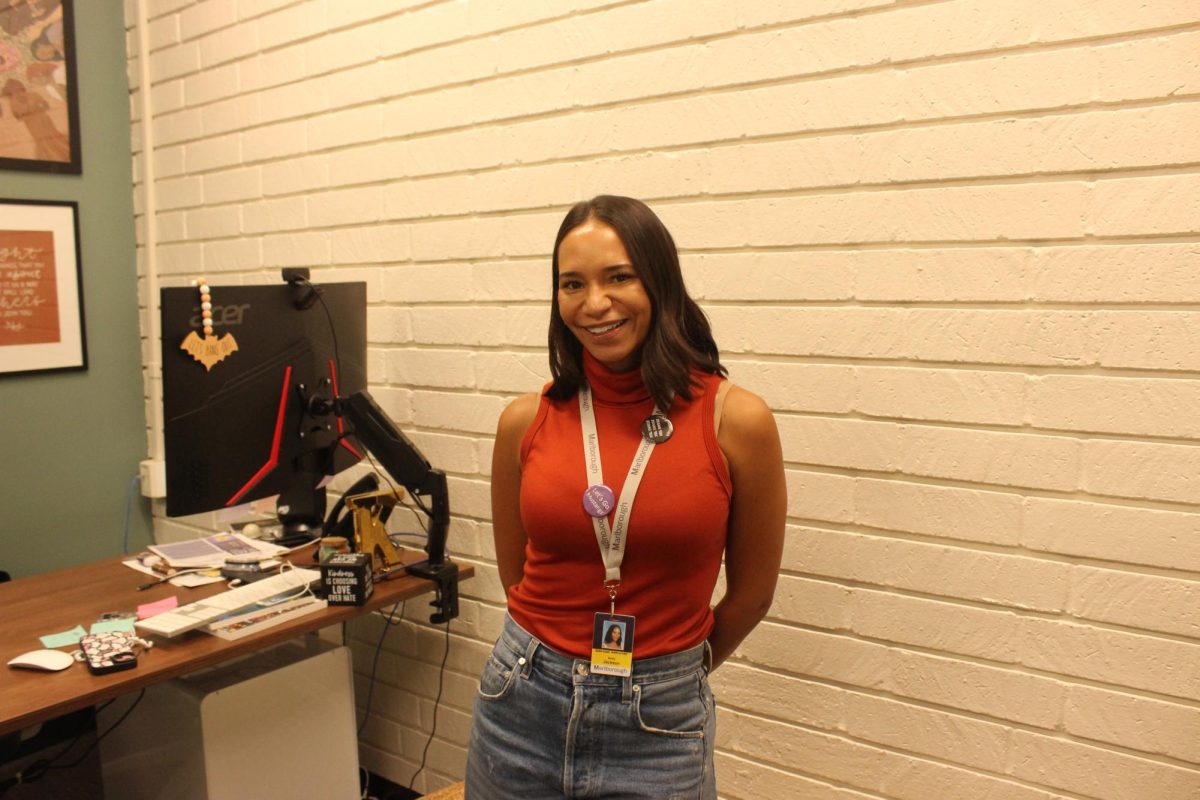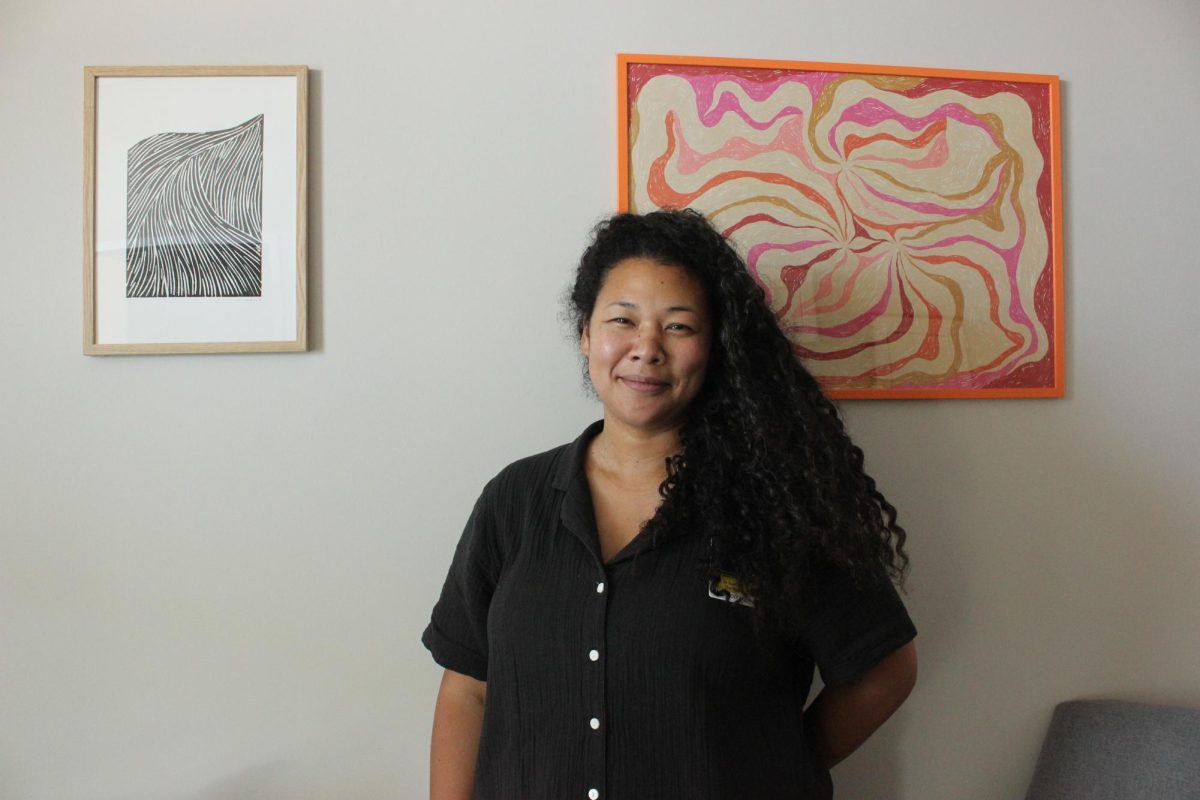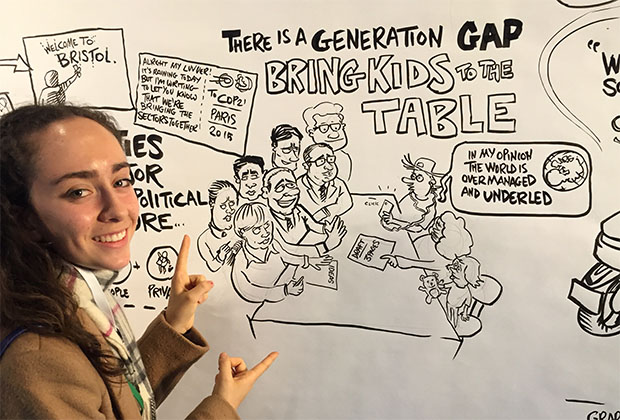
After two weeks of negotiation, leaders from 195 nations signed an official document pledging to protect the environment in Paris at the 21st Conference of Parties (COP21), an annual meeting organized through the United Nations that assesses the progress of climate change worldwide. This year at the conference on Monday, Nov. 30 to Tuesday, Dec. 5 due to new scientific evidence that proves climate change is real and happening faster than ever expected, more presidents, heads of state and other world leaders attended than ever before. The new resolution stated that the overall goal was to limit the global temperature increase to one and a half degrees centigrade by encouraging leaders at both the national and local levels to improve their carbon footprints.
UN Secretary General, Ban Ki Moon, expressed the importance of COP21 in his remarks to the United Nations general assembly on December 15th.
“In Paris, nations have united in the face of another threat – the threat to life as we know it due to a rapidly warming planet. Governments have ushered in a new era of global cooperation on climate change — one of the most complex issues ever to confront humanity,” Ki Moon said.
Originally, the goal of the document was to restrict the increase in global temperature to two degrees centigrade, but due to protests by activists and further research by scientists, leaders have agreed to move the cap down to one and a half degrees. By signing the agreement, world leaders pledge to do everything in their power to keep the world from warming further.
Protests by members of developing nations helped convince world leaders to rethink their already ambitious goal of capping temperature increase at two degrees. Several members of developing communities spoke at the Storytelling for Global Action event. At the event, an indigenous woman from Indonesia broke into tears on stage, saying that her people and lands will be destroyed if the global temperature increases by two degrees. Another woman, Kathy Jetnil-Kijiner of the Marshall Islands expressed the need for the extra half degree change.
“Two degrees is just a benchmark for climate change. I tell [world leaders] two degrees is a gamble. At two degrees my islands, the Marshall Islands, are already underwater. This is why our leaders need to push for one and a half,” Jetnil-Kijiner said.
Secretary of State John Kerry described his first-hand view of how climate change affects American indigenous people.
“Earlier this year President Obama and I traveled to Alaska, which is also on the front line of this struggle. I met with Alaska natives who have been forced to uproot their communities in search of safer ground. President Obama walked to and stood at the base of a glacier that has receded a mile and a quarter since 1815, and 187 feet last year alone.”
At the same time, some scientists and climate change naysayers don’t feel confident about the new agreement. Bill Hare, a physicist and CEO of Climate Analytics, claims that the goal of one and a half degrees increase isn’t feasible. He explained that the world is bound to warm more than just one and a half degrees, given current carbon emissions from large countries such as the US, China and India.
Nevertheless, leaders followed through with the agreement and capped the temperature increase at one and a half degrees. Rhea Suh, president of the National Resources Defense council explained over e-mail what these commitments to one and a half degrees look like.
“This agreement sets us on a course of verifiable gains that we can ratchet up over time. It speeds the global shift away from dirty fossil fuels and toward cleaner, smarter energy options to power our future without imperiling our world. This work won’t be easy. The Paris agreement and action agenda demand that we transform how we think about electricity, transportation, industry. The Paris climate agreement and action agenda will provide the roadmap,” Suh wrote. p

